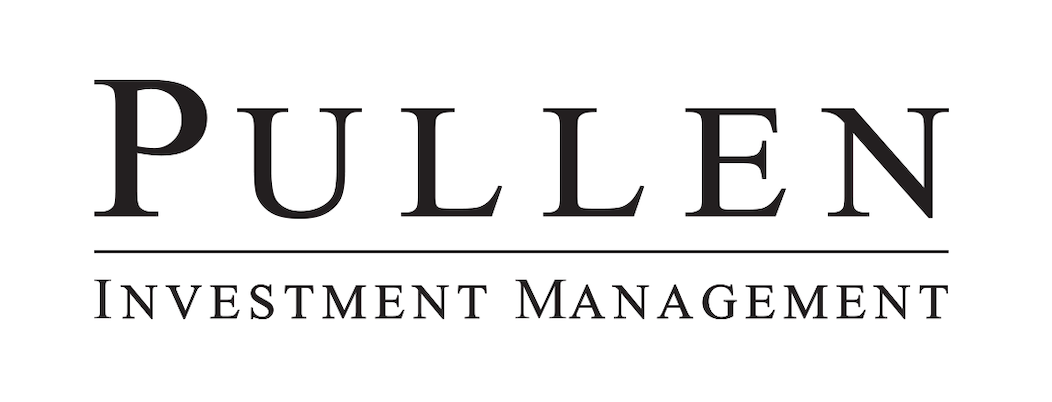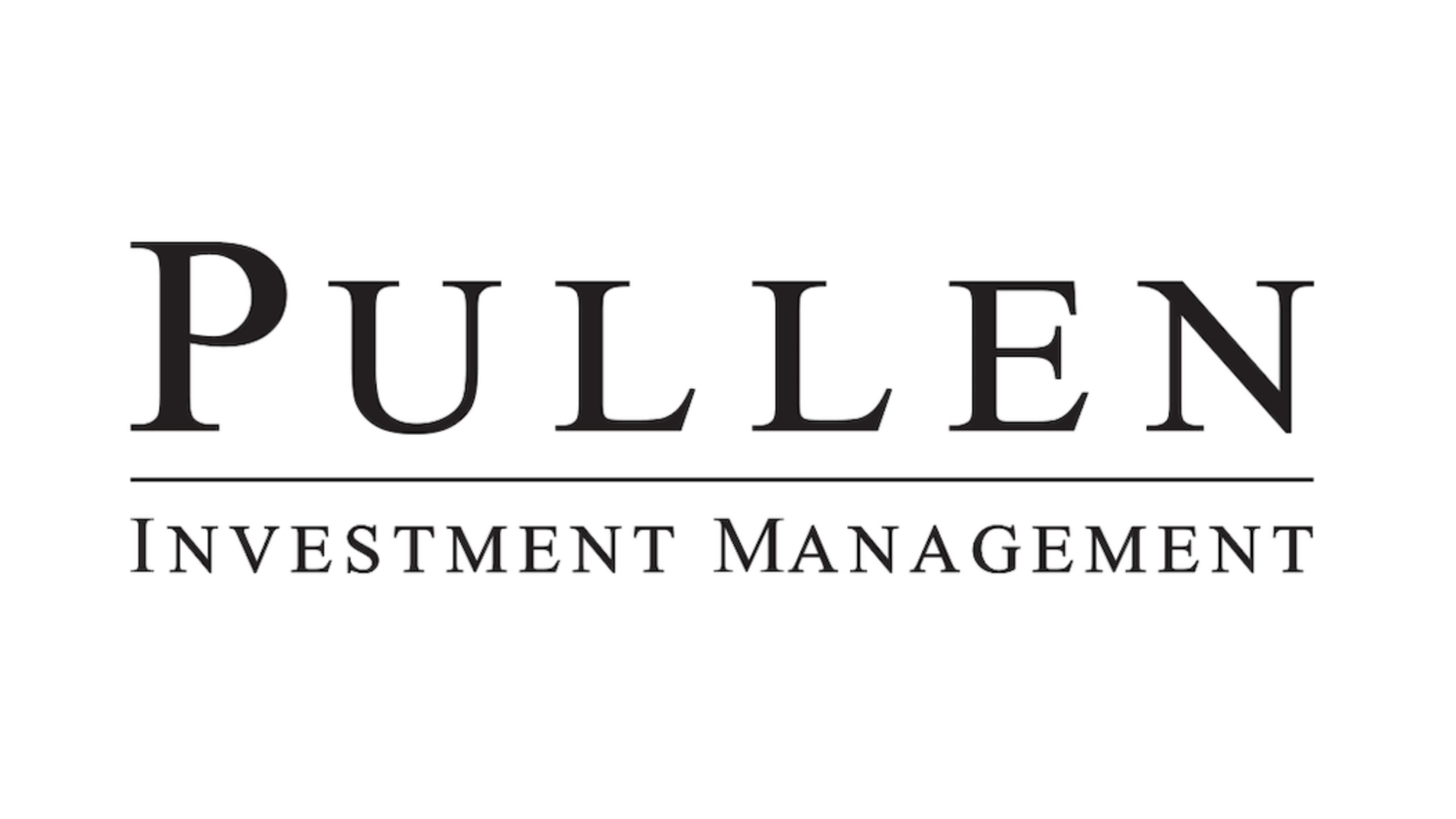Q1 – April 2022
Quarterly Commentary
Each of our managed strategies finished the first quarter ahead of their respective benchmark and ahead of the broader equity indices. We have held a more cautious posture for most of the quarter. Our cash positions have been higher than usual, and we were a net seller in the quarter. Cautious has not meant defensive as we have maintained a more pro-cyclical position within our equity holdings. We have preferred financials, industrials and materials over technology, the more discretionary consumer stocks, and utilities. Our view has been that the higher prices and interest rates would continue to pressure earnings or valuations on the latter segments of the market, and the former are more levered to the post-covid recovery, future fiscal spending or they benefit directly from higher commodity prices. As always, we would be happy to send you the quarterly Fact Sheets on each of these strategies, which details their performance.
This was one of the worst quarters for bonds in the past 40 years. Typically, when bonds sag, stocks rise and vice versa, but both asset classes dropped this quarter, highlighting the broader financial system’s sensitivity to higher rates. Commodities provided a remarkable offset to this broader weakness as the Bloomberg Commodities Index climbed more than 27% driven by the inflationary pressures across the economy but amplified by the Russia/Ukraine conflict. Most people may have known about Russia’s sizable oil & gas production, but we all have quickly learned that Russia is also a major producer of several important industrial metals and agriculture chemicals, and Ukraine is one of the world’s largest grain exporters. As a result, commodity stocks extended their run of outperformance while the rate-sensitive housing and the more discretionary spending-oriented stocks were among the weakest performers. With inflation rising to multi-decade highs, central banks around the world are tightening their policy. Chairman Powell used the word “determined” five times to emphasize the Fed’s goal of restoring price stability during his March 16th press conference. As a result, the current consensus is that this rate hiking cycle will be faster than what we have seen during previous cycles. Additionally, prior tightening cycles have been pre-emptive, intended to keep inflation from going up rather than to push it down. In his January 27th article, Greg Ip of the Wall Street Journal pointed out that, “With unemployment at 3.9% and falling (it was 3.6% in March), the economy is at maximum employment, putting upward pressure on inflation. This is normally where the Fed wants the economy to be when it finishes tightening, not when it starts” ¹.
While our more value-oriented style has held up better, the growth-oriented Nasdaq 100 Index touch bear market territory in mid-March, declining more than 20% from its 2021 highs. This coincided with several noticeable declines in the market which included a long list of lofty valued “disrupters” and some of the most recognizable companies such a Facebook, which now goes by the name Meta Platforms (FB). One of the most headline grabbing declines has been ARK Invest’s flagship ETF, ARK Innovations (ARKK). This investment company has become the champion of growth investing during this bull market, with their bold predictions and focus on new and exciting themes from space exploration to financial technology. According to FactSet, this fund alone (they have many) took in an incredible $15 billion during 2020 and 2021, as its price more than tripled from year-end 2019 to its peak in 2021. To put that capital raising into context, in the five years from its inception on October 31st, 2014, through 2019, the ETF’s net flows, or contributions totaled less than $2 billion. The savvy, pre-2020 investors in ARKK are still sitting on nice gains, but the masses who bought after June of 2020 are now looking at losses. If you assume an investor paid the average price of the ARKK ETF during the two years stretch of 2020 and 2021, their investment is down more than 30% today ². While some of these investors were led by professional allocators or advisors, a significant amount of the money that flowed into this fund came from individual investors, many of whom were new to the market, and many were playing with stimulus checks or other forms of pandemic related financial support. A memorable sign of the times.
While we do not put a lot of weight on market forecasts such as what I am about to share with you, it helps to highlight the (sometimes) inverse relationship between interest rates and market valuations. During 2018 and ’19, the S&P 500 traded around a 16 forward PE multiple. At the time, the Federal Reserve, under the same leadership as today, was raising short term rate (the blue line) and the 2-year Treasury rate (red line) rose above the 2.5% level. As you can see, the 2-year rate has recently risen back towards that level, but the market’s PE ratio is much higher today, above 19. Assuming the passage of time and no change to the current 2023 EPS estimate, a return to the prior level of PE would equate to a S&P 500 index price level of 3,970, or downside of 12% from today.
Tyler Pullen, CFA
Portfolio Manager
¹ “Prepare for an Unsettling Monetary Tightening Cycle”, Greg Ip WSJ, 1/27/22
² The average price of the ARKK ETF from 12/31/2019 through 12/31/21 was $98.08. During this time period, the fund’s price ranged from a low of $35 in March of 2020 to a high of $157 in February of 2021. The fund closed at $66.29 on 3/31/22.
Past performance does not guarantee future results. Market conditions can vary widely over time and can result in a loss of portfolio value. In accordance with the rules of the Securities and Exchange Commission, we notify you that a copy of our ADV, Part 2A filing with the SEC is available to you upon request.



